How to Use Hugging Face Pipelines?
Towards AI
FEBRUARY 13, 2023
A practical guide on how to perform NLP tasks with Hugging Face Pipelines Image by Canva With the libraries developed recently, it has become easier to perform deep learning analysis. Hugging Face is a platform that provides pre-trained language models for NLP tasks such as text classification, sentiment analysis, and more.

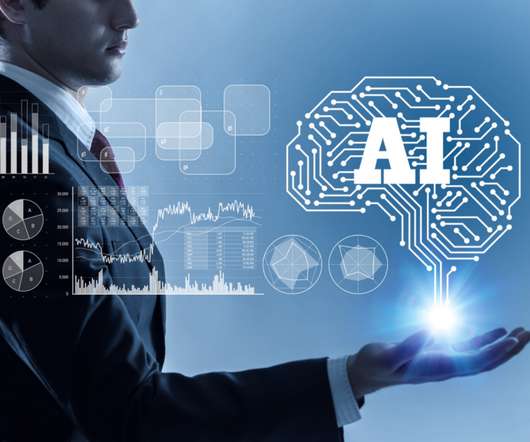
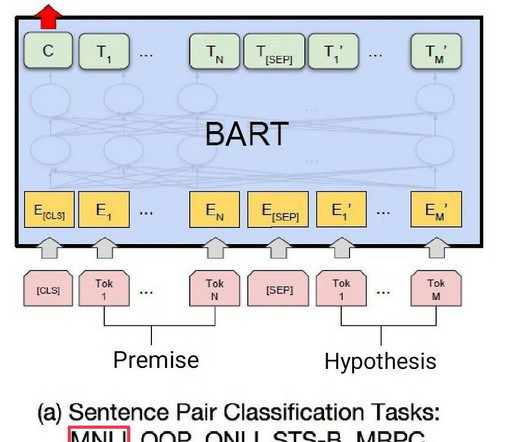
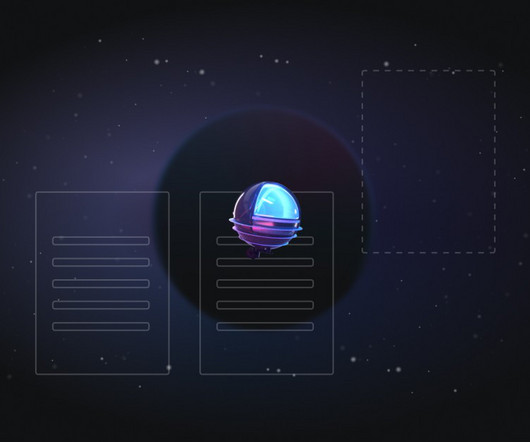

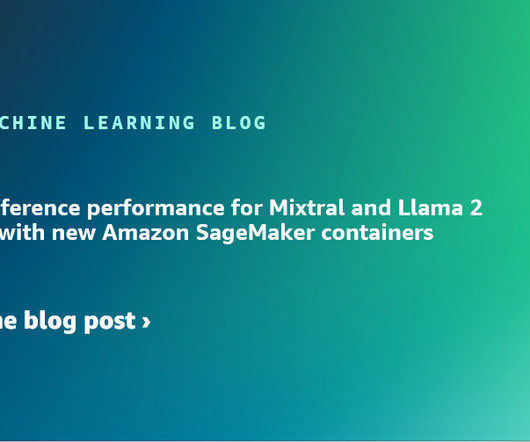
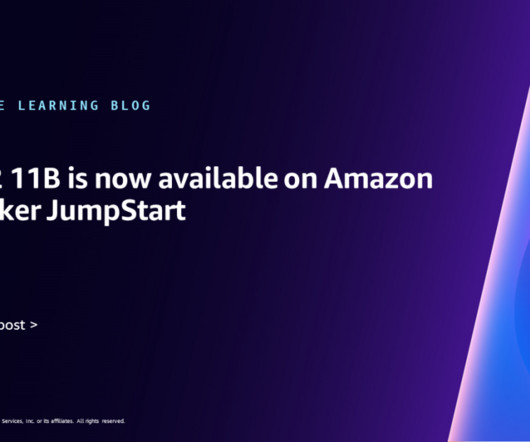
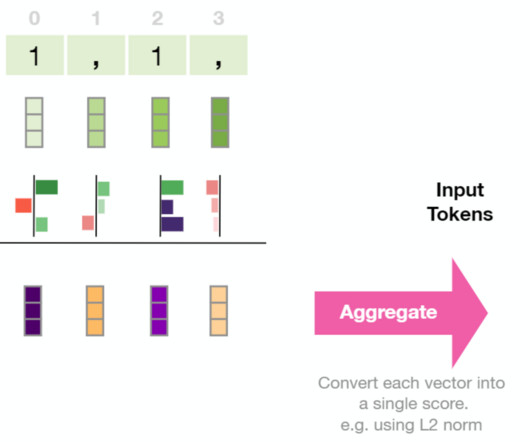
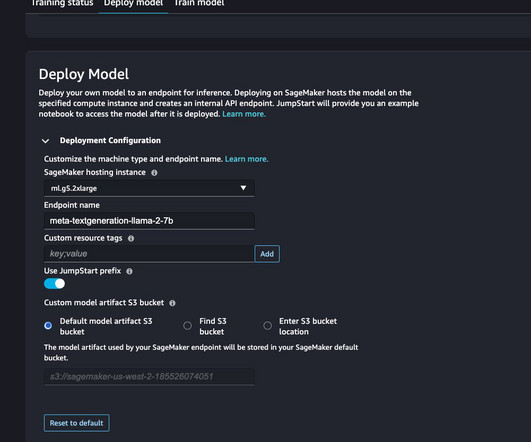
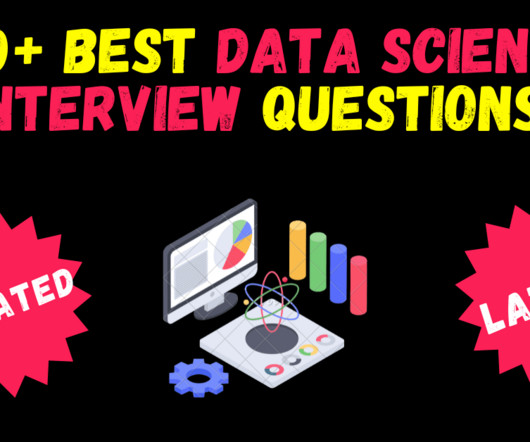
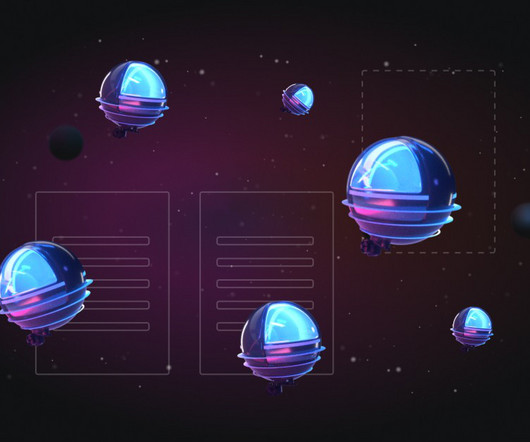
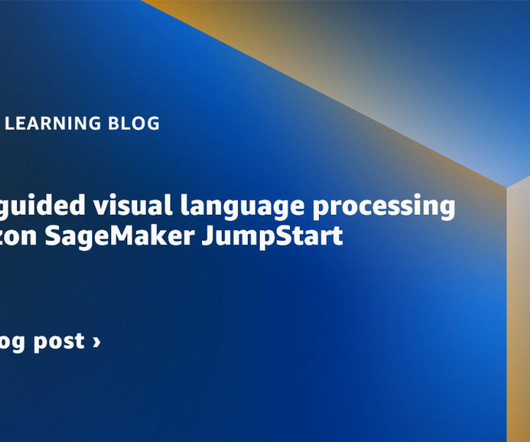
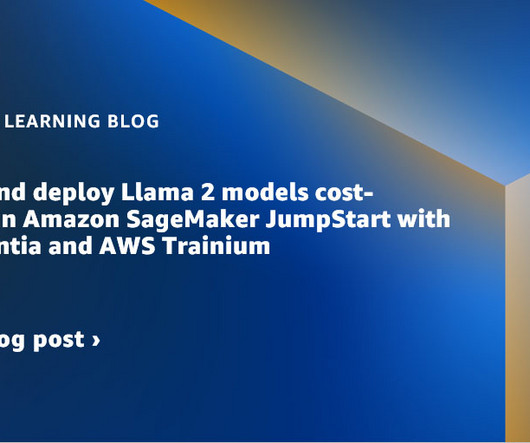






Let's personalize your content